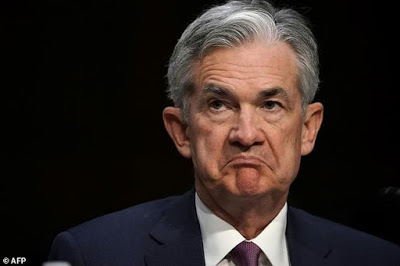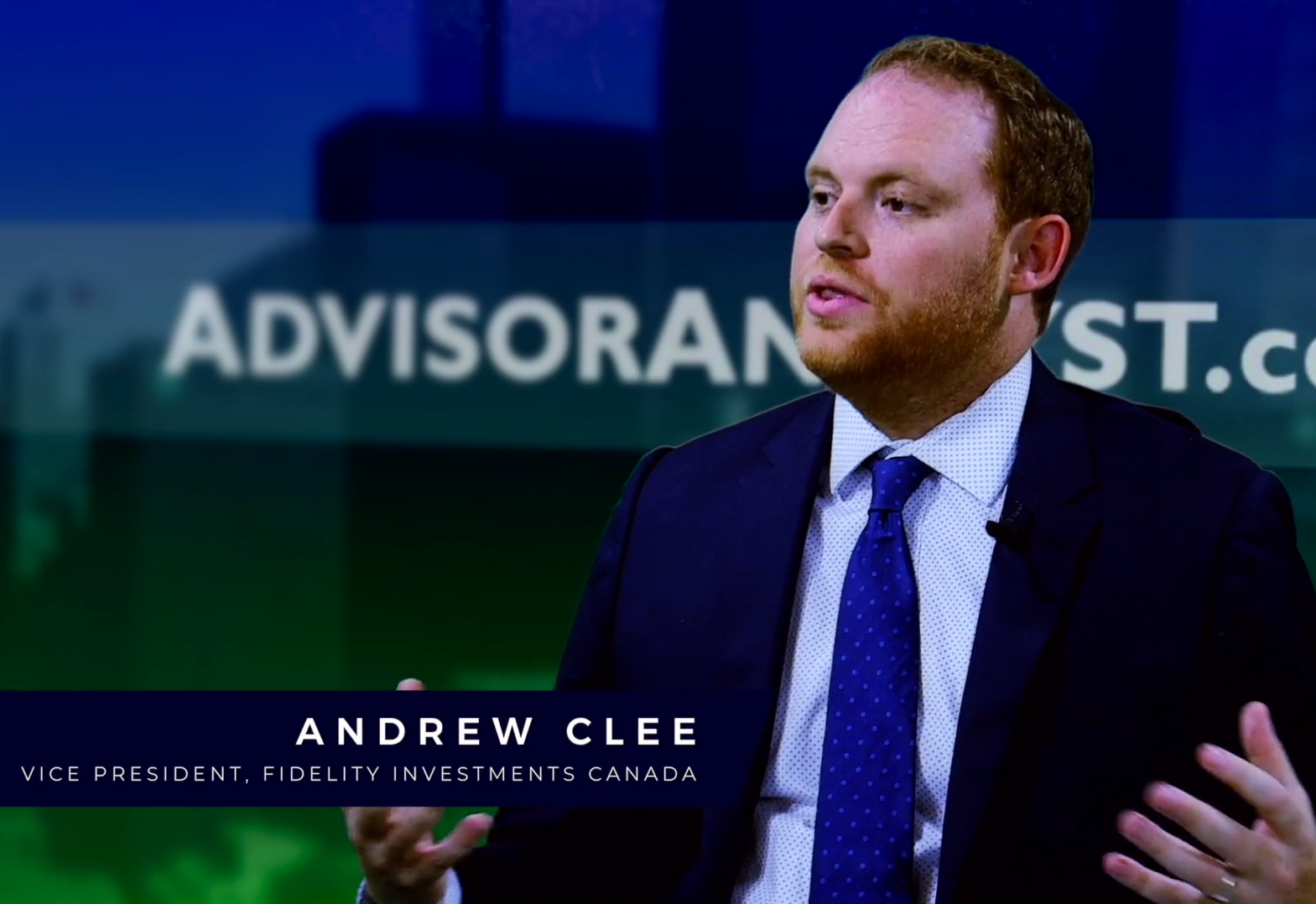by Clifford Asness, Ph. D. AQR Capital Management, Inc.
The Department of Labor’s Fiduciary Rule, which is applicable to retirement plans subject to ERISA such as 401(k) plans and to certain other retirement plans such as IRAs, is set to go into effect in April 2017. What the rule does is extend a fiduciary duty or standard to a broad set of investment advisors (many, particularly at broker-dealers, who were previously exempt) who provide recommendations to such plans. A "fiduciary duty” is the highest standard of care recognized in American law. Among other things it means that you must act solely in the best interest of the client at all times. 1
That seems like a no-brainer, right? I mean, who could argue with an advisor having to act in the best interest of his or her client? Well, I’m indeed going to argue that it’s at least less obvious than it first appears. Even if the rule turns out to be a net positive, I’m going to argue that there are potential large unintended consequences to worry about. This is not a screed against such a rule. 2 It has some very good qualities (higher standards are a good thing!). It’s just not the no-brainer it first appears to be. Wherever you come out on it you should consider all the arguments, not just the seemingly obvious headlines. After first blush some, hopefully many, may ask themselves something like this: “What’s different here than with many other businesses? I conduct business all the time with people who aren’t legally bound to have my best interest at heart. I count on market forces and my own abilities and vigilance to protect my interests. On net, I think competition and my being an intelligent consumer delivers me a pretty good result.”
Some would say these last comments are naïve and perhaps only apply to “simpler” transactions (the mobile phone salesman is not assumed to be a fiduciary; at least I hope you guys aren’t assuming that she is!). In contrast, I do think markets and competition can handle some fairly complex situations. There are no easy answers here, but there are issues to consider beyond the superficial “hey, it’s great to make people legally promise to act nice!" 3
Legislation or regulation that says people must be good doesn’t actually ensure they will be good. In this case the main practical change is to make it easier to sue advisors after-the fact; to lower the burden of proof that they took advantage of you or gave you provably horrible (in a legal sense) advice. Now, surely making it easier to sue advisors for not acting in your interest will indeed make them act more in your interest, right? Well, again, maybe. Perhaps even probably. But still far from definitely. Why not? Well, for one thing, to make this all work we need to generally agree upon what it means to act well or poorly! If you can’t define what is and what is not in an investor’s interest it becomes hard to make things better with this rule. Do we all agree enough on what’s actually in an investor’s best interest to make this rule a fair and equitable way to judge advisors? Investing is a very contentious field with lots of disagreement over even the very basics and it has lots of randomness, so this is not a no-brainer.
Now, there are some possible actions that would “not be in a client’s best interest” that seem staggeringly, obviously bad. For instance, a very large amount of “churning” of a client account at high fees and/or commissions might qualify (though we still need to define when churning kicks in). Putting all of an old widow’s nest egg in a single tech stock seems provably horrible. I would certainly agree. But the more obvious the offense the more likely it would’ve met the old standards of malfeasance (i.e., you could always sue for clearly fraudulent or outright thieving actions without this upgraded fiduciary standard). All of the action, all of the intellectual and legal dispute in the new proposed rule versus the old way, occurs in the much more difficult cases to judge. We all probably agree on the obvious ones and they are not the examples we should look towards here as little is changing for those cases under the new rule. 4
So, what do I worry about? What are the more ambiguous cases that might turn out differently under a fiduciary standard versus the regular old one? Meaning, in what instances might we now hold an advisor liable for “not acting in a client’s best interest” but wouldn’t have under the old suitability standards? More important to my argument, in what ways might upping and broadening the standard instead create other problems for investors? I can think of four prominent possibilities. First, judging investments too much by ex post performance. Second, not judging investments in a portfolio context. Third, over-emphasizing low fees as always being in the client’s best interest. 5 Fourth, judging innovative investing approaches more harshly than conventional ones. On this last point, a strong analogy can be made to our very litigious society requiring doctors to practice “defensive medicine” — that is not done to protect the patient’s interest but to protect the doctor’s. I don’t predict this will happen here, I simply fear the possibility.
Being a fairly quantitative person, I will posit a simple example to kick off my point. Imagine you are presented with an investment for possible addition to your portfolio. It has a 2/3 chance of doubling your money but a 1/3 chance of losing it all. And which outcome occurs also happens to be absolutely unrelated to anything else in the world (i.e., “it’s uncorrelated to anything”). Would you add such an investment to your portfolio? Well of course you would. How much is a real and separate question, though. Most of us wouldn’t put in all, or even a very large fraction of our wealth in such an asset as the “1/3 chance of losing it all” is just too great. But everyone would probably add at least a little because the expected return is so great.
So where does such an investment possibly run headlong into a fiduciary standard? Well, 1/3 of the time you lose all your money! If investments are judged at all ex post, and I hope we can all agree they often are, a perfectly rational investment could be considered “not in a client’s best interest” after the fact and the hired manager be placed in jeopardy for doing what was clearly rational and, at the right size, advisable. 6 Note there are two investing errors going on here. One is the obvious ex post evaluation of something that was clearly a good idea ex ante. The other is subtler but ubiquitous. It’s not judging something in context of an overall portfolio. Putting 100% of a client’s wealth into even the wonderful gamble I’ve presented may very well be “not in their best interest” even ex ante (and even if it works ex post it was not in the client’s best interest before the fact, the advisor just got lucky). It’s just too risky. But putting 1% of a well-heeled client’s wealth in such a strategy is almost certainly rational. 7 Investments must be judged ex ante and in a portfolio context, two things I fear a strong fiduciary standard could push us away from. Especially in a very litigious society, just imagine the number of lawsuits even such a great investment as I posit above would generate after the fact!
Now let’s talk about investment management fees in the context of the above example. Imagine my made up gamble was gross of fees. Now imagine there was a fairly massive “2&20” investment management fee you had to pay to undertake it. Well, that’s worse. Yeah, I promised you deep analysis and clearly I’m delivering now! Let’s do the math. Before fees the expected return on this made-up investment was 2/3 * 100% + 1/3 * -100% or 33.3%. What’s its expected return after fees? Well it falls to only 18%. 8 Such a fee will lead to putting less into this example investment but still likely not zero. 9
So, will this ex ante attractive investment with a high expected return and low correlation, and that an investor should at least add a small amount of to their portfolio, come under attack for its very high fee? And, will criticism of high fees interact with the other problem above, ex post judgment, to find this investment particularly heinously “non-fiduciary” when it fails 1/3 of the time? Those times the investor will have paid the manager a hefty 2% to lose all his or her investment. The outrage! But we know, as I made up the numbers, that this investment, in modest size, was completely rational. That is, it made the investor better off ex ante, even accounting for fees. The fate of such investments under the fiduciary standard seems murky.
Finally, God forbid the investing approach was considered innovative, that it strayed from the herd, and drew the 1/3 bad outcome! There is an old cynical saying in the investment world, “it is better to lose conventionally." 10 Anyone who has spent time investing knows there is a lot of truth to this quip. All else equal, if tough times hit, you look better when you are suffering at the same time as everyone else —not when your suffering is unique. Similarly, in good times trailing others can still be severely punished. Of course, sometimes that is the correct outcome as you’re trailing for an ex ante bad decision. But I certainly fear that the fiduciary standard would give legal cudgel to this old investing cliché. Imagine trying to ex post defend an approach that didn’t just have a tough time but was quite different from the pack? At such a time you probably should have to defend yourself, but there shouldn’t be a legal presumption you did something terrible because it was different. A fiduciary standard runs the risk of creating exactly this presumption and thus discouraging reasonable attempts at innovation. 11
Of course, these worries are multiplicative, not separate. An investment that ex post loses, was costly, and was different than others, seems highly likely to be deemed “not in the investor’s best interest” after the fact. Furthermore, I’m doubtful that the defense “it was an appropriately small fraction of the portfolio” will hold sway when these things are often judged one-by-one and not in a more appropriate portfolio context. Defending it even seems like a fool’s errand. Who would want to defend a high fee off-the-run investment that did poorly? Yet, in the example above it was precisely the right thing to do.
OK, admittedly the above example was sneaky. I basically, couched in terms of a simple binary bet, assumed ex ante valuable active management that justified its own high fee. That is, I assumed active management works! My argument here is certainly not that ex ante after fee valuable active management is available in abundance. Nor do I argue with the idea that investors should make low cost index funds the core part of their portfolio. I’ve been an index fund fan and advocate forever. The question is, rather, am I so cynical of active management that I could consider another’s belief in it, in general or in a specific manager, so ridiculous on its face that it violated the “fiduciary standard?”
I think that low cost index funds should constitute an investor’s core holdings and that active management is close to a zero sum game. 12 Now, in theory, collectively, we could have too much in index funds as somebody has to be working on price discovery and thus doing some type of active management. However, in practice, and even with index funds’ recent rising popularity, I don’t think we’re even close to that point yet. Going further, I think that some other recent attacks on indexing are downright silly (I’ve defended indexing myself from some of these attacks including the idea that we now have too much in indexing). But I’m simply unwilling to say that active management, something even Jack Bogle says we need at some level (he thinks, as I do, that we don’t necessarily need as much as we have now; his guess is indexing could go up to 80-90%), is by definition at odds with a fiduciary standard. 13 And I do fear that the combination of ex post evaluation and the easy soundbite of attacking fees could bring on a version of this reality. I can easily imagine a world where deviating from low-cost indexed investing is flat-out presumed to violate the fiduciary standard. Now, if index funds win on the merits and from fair intellectual argument and demonstrated superiority, that’s great, and frankly it’s my expected case (and certainly what's been happening). They’ve been winning for quite a while now and I support that. But if they win by making those who disagree automatically subject to lawsuits that’s a very different story! Essentially, I might advise a friend to put most of their money in low cost index funds, but I wouldn’t make it tortious for another to disagree with me.
There are other issues.
One is consistency. A significant part of the investing world was already under a fiduciary standard before this new rule greatly extended the coverage. 14 All the same arguments, pro and con, apply to those already covered (though I do think this extension of the standard to ERISA plans and IRAs came with an intention to start applying it in ways that would be worrisome along the lines of the above). Furthermore we should be sensitive to the fairness of holding some to one standard but others engaged in essentially the same activity to another. But, I will note perfect consistency is not always all it’s cracked up to be. Letting consumers choose what they want has its virtues, too. In fact, letting all advisors voluntarily declare whether they pre-agree to be held to a fiduciary standard or not would be a very interesting solution. Some advisors could pre-commit to adhere to a fiduciary standard and they’d be free to trumpet that fact. I personally would probably favor one of these “voluntary fiduciary” advisors versus another who didn’t so commit. But some might prefer a perhaps cheaper, perhaps more aggressive advisor who made no such vow. 15
Another issue is fragility. 16 I think assurances generally lead to more of it. Now, “your advisor is a fiduciary” is not as far gone as an assurance of a good outcome. But it’s in that direction. It’s telling people we’ve got their back. The best of all worlds is where everyone is a wonderful actor. Given that’s impossible, getting people to act more wonderfully is a great goal, and the fiduciary standard is an attempt in this direction. But it has another cost beyond those above. If investors go into advisory relationships as cynics it may actually be better than investors going in assuming they’re protected by a “fiduciary standard” and finding out, perhaps to their chagrin, that this doesn’t eliminate risk! A fiduciary standard can succeed in making things better and fairer for investors most of the time, but make the problems that do arise bigger because when they occur they are now more shocking. 17 , 18 A fiduciary standard may increase investor safety and ensure a fair deal in some ways, but if it also causes a relaxation of investor vigilance and an over-reaction when things honestly go awry (as investors felt too assured that this would not happen), that must weigh against it.
During the technology bubble of 1999-2000 I warned about excessive valuations and explicitly called out Wall Street strategists and others who explained them away. Our firm suffered quite a bit for that view before we emerged okay. At no point did I suggest legally going after the hucksters. No, I thought the market, though clearly not perfect, would eventually work, and the right thing was to take our case to investors publicly and privately. Similarly our firm was very early in pointing out that hedge funds don’t, in aggregate, hedge enough and that they very likely charge too much. But I didn’t pursue bringing the legal system down upon them! Rather our firm saw investing in similar ways to these hedge funds but truly hedging, and charging less, as a great business opportunity. 19 I think this is how it is supposed to work and how change is supposed to happen. We’re supposed to have a market-place of ideas and stocks, not just of stocks, and even when I think things are crazy I wouldn’t replace the market-place of ideas with one of lawyers. 20
To be clear on something important, as I’ve said, Jack Bogle is my hero. 21 I think low fee index funds held passively have the better of the argument for the bulk of investors’ portfolios and I’d add my voice in advocating for them. Proponents of the fiduciary rule make many points about investing that I absolutely agree with and have publicly for quite a while. But “better of the argument” and even my agreement does not mean I think they should win by legal cudgel!
As I said at the beginning, I don’t feel strongly enough about my own worries to oppose vigorously this rule. Maybe it works on net even given the worries I cite above? In fact, one way to interpret all I’ve written above is, assuming the fiduciary rule goes forward, as a call to make sure that such a rule, with its noble goals that I share, does not cause the neutering of the marketplace that I fear. That being a “fiduciary” does not have to mean imposing any one particular style of investing. Put simply, I believe that the possible unintended consequences have not gotten the attention they deserve. Unfortunately,when the headline benefits of regulation are touted, this focus on good intentions, not unintended consequences, is the rule not the exception.
This post was originally published at AQR Capital
Copyright © AQR Capital













